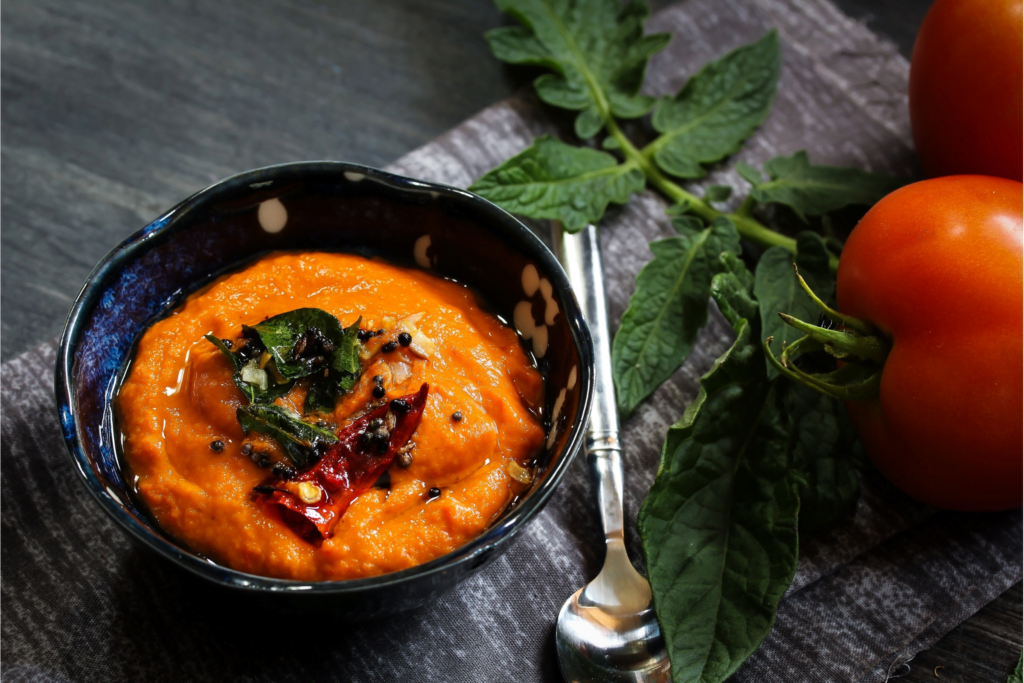Condiment
Condiments are the unsung heroes of the culinary world, adding depth, flavor, and personality to a wide range of dishes. These flavorful accompaniments come in diverse forms, from savory to spicy, and are an essential part of global cuisine. From ketchup on a burger to soy sauce in a stir-fry, condiments are the secret ingredients that elevate a meal. In this exploration, we will delve into the world of condiments, uncovering their key characteristics, types, and cultural significance.
Key Characteristics of Condiments
- Flavor Enhancement: Condiments are used to enhance the flavor of a dish, adding elements like sweetness, spiciness, acidity, or umami to complement the main ingredients.
- Versatility: Condiments are versatile and can be used in various ways, such as dips, spreads, marinades, dressings, or toppings.
- Cultural Diversity: Different cultures have their own unique condiments, often reflecting the regional flavors and culinary traditions of their respective cuisines.
Types of Condiments
- Sauces: Sauces are liquid or semi-liquid condiments that add moisture and flavor to dishes. Examples include tomato ketchup, mayonnaise, soy sauce, and hot sauce.
- Chutneys: Chutneys are a diverse category of condiments with both sweet and savory varieties. They are often made from fruits, vegetables, herbs, and spices. Examples include mango chutney and mint chutney.
- Dips: Dips are thick, creamy, or chunky condiments used for dipping finger foods or as accompaniments to dishes. Examples include guacamole, tzatziki, and hummus.
- Spreads: Spreads are condiments that can be spread onto bread, crackers, or sandwiches. Examples include peanut butter, jam, and Nutella.
Cultural Significance
- Preservation: Historically, condiments were used as a means of preserving food. Ingredients like vinegar and salt in pickles and relishes helped extend the shelf life of perishable items.
- Cultural Identity: Condiments often reflect a culture’s identity and history. For example, kimchi is a staple in Korean cuisine, while salsa is a symbol of Mexican culinary heritage.
- Flavor Enhancement: Condiments play a vital role in enhancing the flavors of traditional dishes. For instance, mustard is a classic accompaniment to sausages and sandwiches in many Western cuisines.
Condiments are the unsung heroes of the culinary world, adding a burst of flavor and personality to every meal. Whether you’re drizzling rich, velvety chocolate sauce over ice cream, savoring the tangy kick of hot sauce on tacos, or enjoying the vibrant complexity of Indian chutneys, condiments invite you to explore the world of culinary diversity and flavor enhancement. They are a testament to the creativity and innovation of cooks and chefs worldwide, offering a delightful glimpse into the art of elevating food with a touch of condiment magic.
Level :
Type :
Time :
Level :
Type :
Time :


